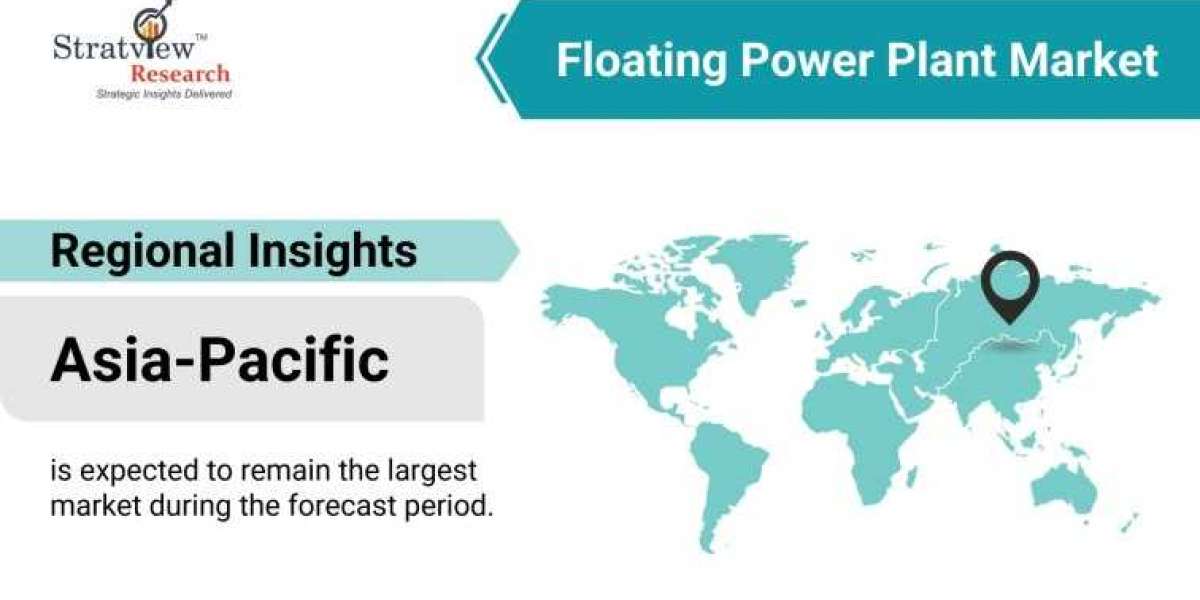In recent years, the global energy landscape has been undergoing a significant transformation, with a growing emphasis on sustainability and the exploration of renewable energy sources. One sector that has garnered increasing attention is the floating power plant market, a burgeoning industry that holds the potential to revolutionize energy production along coastlines and in remote areas. In this article, we will delve into the key aspects and opportunities within the floating power plant market.
Floating Power Plants: An Overview
Floating power plants, also known as floating power stations or offshore power plants, are energy generation facilities located on floating platforms in bodies of water, such as oceans, rivers, or lakes. These platforms can accommodate various types of power generation technologies, including solar panels, wind turbines, and even traditional fossil fuel-based power plants.
Driving Forces Behind the Market
Several factors are driving the growth of the floating power plant market. First and foremost is the need for sustainable energy solutions. As concerns about climate change and environmental impact continue to mount, governments and corporations are increasingly investing in renewable energy sources. Floating power plants offer a unique advantage in that they can be positioned in areas with high wind or solar exposure, maximizing energy production.
Additionally, floating power plants can provide energy to regions that are otherwise difficult to reach or lack the necessary infrastructure for conventional power generation. This is particularly valuable for remote islands and coastal communities, where reliable energy sources are often limited.
Key Technologies and Advancements
The floating power plant market encompasses a range of technologies, each with its own advantages. Floating solar power plants, for example, leverage large arrays of solar panels mounted on floating platforms. These systems not only generate electricity but also reduce water evaporation, making them suitable for arid regions.
Floating wind farms, on the other hand, utilize floating platforms to support wind turbines at sea. These platforms can be positioned in deep waters, where wind speeds are typically higher and more consistent than on land. This technology holds enormous potential for offshore wind energy production.
Challenges and Future Prospects
While the floating power plant market shows great promise, it is not without its challenges. Installation and maintenance costs can be relatively high, and environmental considerations must be taken into account to mitigate potential ecological impacts.
Nevertheless, with advancements in technology and increasing investments, the floating power plant market is expected to grow significantly in the coming years. As renewable energy becomes an integral part of the global energy mix, floating power plants will play a vital role in providing clean and reliable electricity to a variety of regions. The floating power plant market is likely to rebound at a promising CAGR of 9.2% over the forecast period.
In conclusion, the floating power plant market represents a dynamic and innovative sector within the renewable energy industry. Its ability to generate sustainable energy in challenging environments makes it a key player in the transition toward a greener future. As technology continues to advance and economies of scale are realized, we can expect the floating power plant market to make substantial contributions to global energy production and environmental conservation.







